The optimisation of plutonium separation
BGS research leads to advancements in the detection of plutonium and ultimately the determination of soil erosion rates in tropical soils.
07/11/2023 By BGS Press
Soil erosion processes present the greatest risk to land degradation worldwide and, due to fertile soil being an essential resource, there is increasing concern around the world regarding accelerated soil erosion, particularly in developing countries.
The analysis of plutonium (Pu) in soil samples can inform the understanding of soil erosion processes globally. However, there are specific challenges associated with such analysis in tropical soils, so an optimal analytical methodology that ensures the best sensitivity is critical.
Why use plutonium?
Due to their long retention times and minimal spatial variability, Pu isotopes have proven useful as an alternative fallout radionuclide tracer for determining soil erosion rates. To utilise Pu as an effective soil erosion tracer in the southern hemisphere, separation techniques and analyses need to be optimised to establish a robust analytical method for the determination of ultra-trace level Pu isotopes. This method must also have sufficient sensitivity for African soil samples, which typically have very low Pu concentrations compared to the northern hemisphere.
This research aimed to accurately establish fallout Pu activity concentrations in tropical soils in order to determine soil erosion rates with an improved separation and analysis method for ultra-trace Pu determination. To achieve this aim we had to:
- adapt and optimise a separation method using trialkyl methylammonium nitrate (TEVA) cartridges to remove matrix interferences with pre-concentration of ultra-trace Pu isotopes (this reduced waste and increased throughput)
- establish a robust analytical method for the determination of ultra-trace level Pu isotopes with sufficient sensitivity for African soil samples using oxygen as a reaction gas for inductively coupled plasma mass spectrometry (ICP-MS)
The development of robust analytical methods to determine rates of soil erosion and its effect on land degradation is vital to advise mitigation strategies, ultimately ensuring the future sustainability of soils.
Sophia Dowell, PhD student at BGS.
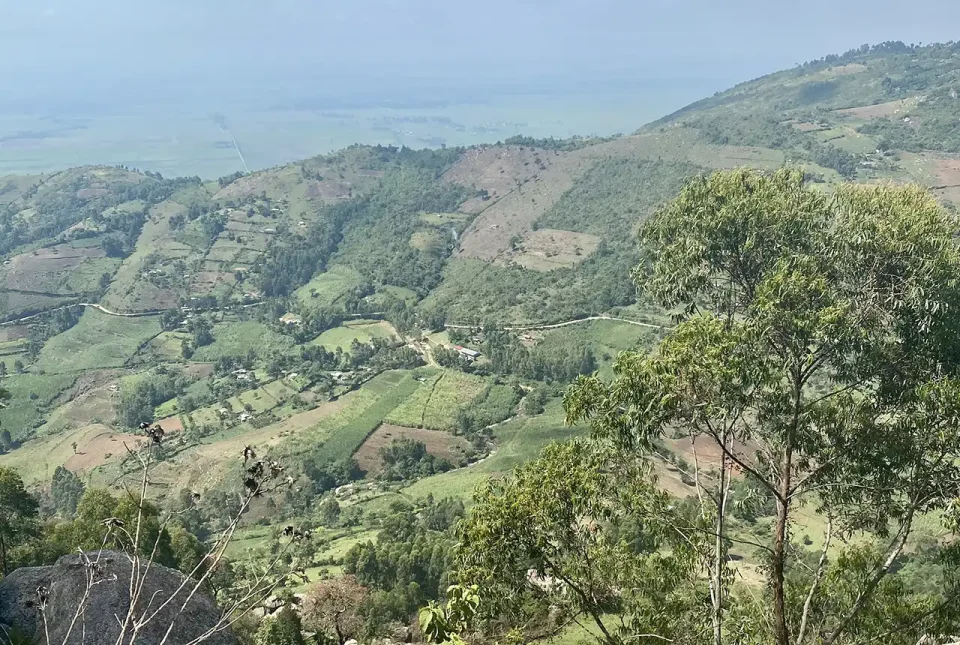
Views from the research area in Kenya. BGS © UKRI.
Where does the plutonium come from?
Pu is present in the environment primarily because of nuclear weapons testing. Between 1945 and 1980, 520 atmospheric tests were conducted worldwide; however, only 10 per cent of these experiments were conducted in the southern hemisphere. This resulted in significantly less fallout in the tropics than in the mid-latitudes of the northern hemisphere, which makes the analysis of ultra-trace Pu isotopes in tropical soils challenging.
The challenge of plutonium analysis
Due to their long retention time and minimal spatial variability, Pu isotopes have recently been used as an alternative fallout radionuclide tracer for determining soil erosion rates. As a result of the long half-lives of 239Pu and 240Pu (24 110 and 6561 years, respectively), approximately 99 per cent of the original activity remains in soils. This means they are suitable as stable, long-term tracers compared to, for example, 137 caesium (Cs), despite Cs’s significantly higher activity in the environment, as Cs only has a half-life of 30 years. Additionally, more than six times as many atoms of 239Pu and 240Pu were initially dispersed compared to 137Cs. This combination of long half-life and higher atom content makes mass spectrometry (MS) techniques better suited to Pu isotopes, whereas radiometric decay counting techniques are more appropriate for the higher specific activity 137Cs.
Consequently, recent developments in mass spectrometry techniques have the potential to increase the sensitivity of Pu isotope quantification and subsequently the availability of analytical methods applicable to tropical soils. This raises the potential of using Pu as a soil erosion tracer in the tropics, where the risk of soil degradation is increasing due to extreme weather patterns.
A powerful tool
This method presents a simple, cost-effective, robust sequence with reduced laboratory waste disposal, which is vital to ensure the separation method is applicable to low-resource laboratories. Along with the low detection limits that are comparable to alternative MS methods, this outcome makes the method applicable to the detection of ultra-trace fallout Pu in African soils.
Due to increasing concern regarding accelerated soil erosion and its impact on sustainable intensification of agriculture in developing countries, this work provides advancements in the detection of Pu. The new method is also a powerful tool for the analysis of ultra-trace Pu in African soils, ultimately improving the determination of soil erosion rates in tropical soils to better inform mitigation strategies.
This method has the potential to improve access to advanced soil erosion measurements that could be produced faster than traditional laboratory techniques to enable analyses at scale, yet with greater accuracy than machine learning predictions based on remote sensing data in developing countries which are most at risk to land degradation.
Sophia Dowell, PhD student at BGS.
Funding
BGS led the research in conjunction with the University of Plymouth and the University of Eldoret in Kenya.
Sophia’s PhD was supported by the NERC funded ARIES doctoral training programme (grant number NE/S007334/1), and from the NERC International National Capability grants to BGS (NE/R000069/1 and NE/X006255/1), Royal Society International Collaboration grant (ICA/R1/191077), British Academy (WW21100104) and BGS University Funding Initiative (GA/19S/017).
More information
The full research paper is available: Optimisation of plutonium separations using TEVA cartridges and ICP-MS/MS analysis for applicability to large-scale studies in tropical soils.
The British Geological Survey (BGS) is a world-leading geological survey that undertakes strategic science for the benefit of society. BGS is part of UK Research and Innovation (UKRI) and a research centre within the Natural Environment Research Council (NERC).
BGS delivers research, products and services for the UK, and operates internationally to maximise the impact of its science and to contribute to the UK’s international priorities. BGS is the national centre of geological data and information and undertakes monitoring and analytical research programmes. These enable the timely and authoritative provision of impartial and independent information and advice to governments, industry and civil society.
The new BGS Strategy for 2023 to 2028, ‘Understanding our Earth’, sets out its four priority science areas for the next five years, helping to deliver the necessary geological data and knowledge for a sustainable future. See www.bgs.ac.uk.
Relative topics
Related news
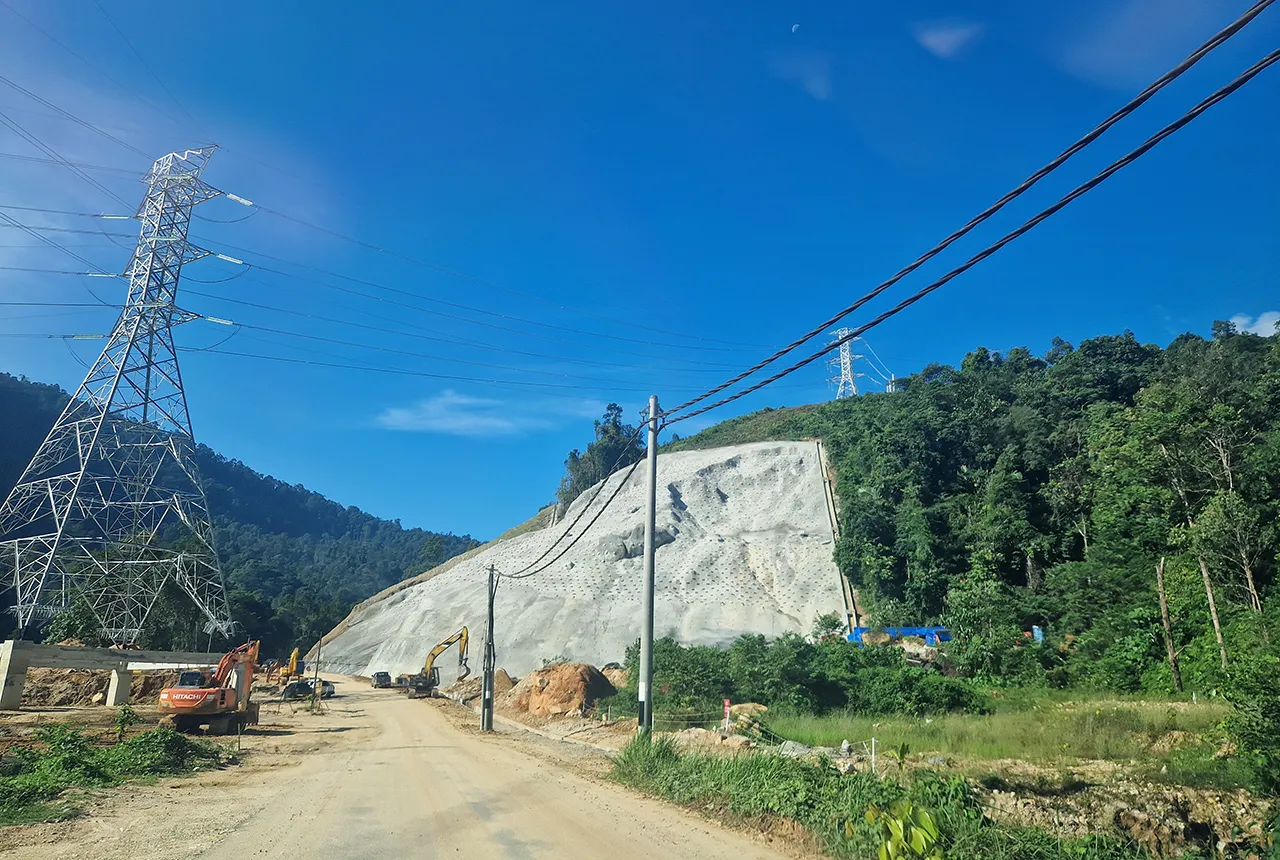
BGS awarded funding to support Malaysia’s climate resilience plan
17/12/2025
The project, funded by the Foreign, Commonwealth & Development Office, will focus on minimising economic and social impacts from rainfall-induced landslides.
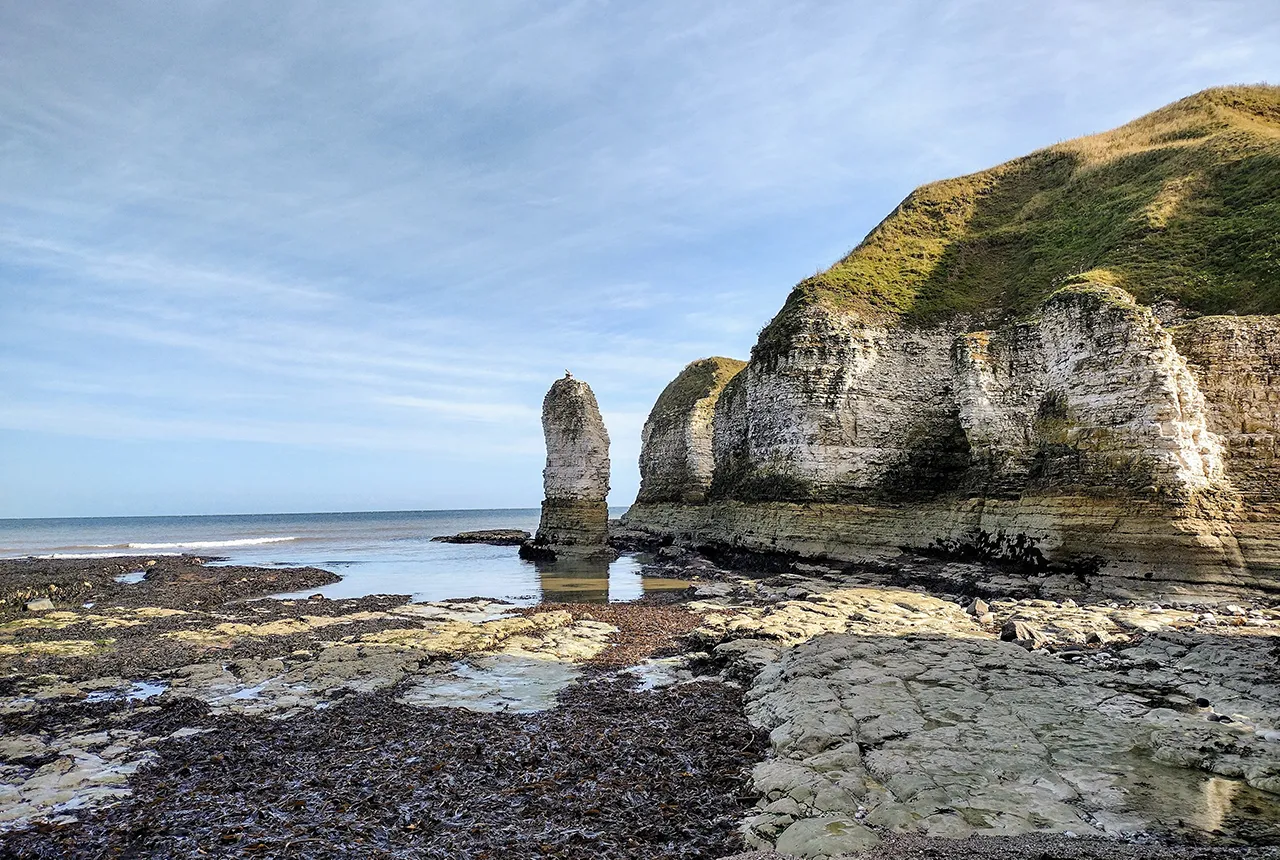
New geological maps of the Yorkshire Wolds to better inform groundwater management and policy decisions
17/12/2025
The new mapping provides crucial data on localised geological issues that may assist in protecting water supplies.
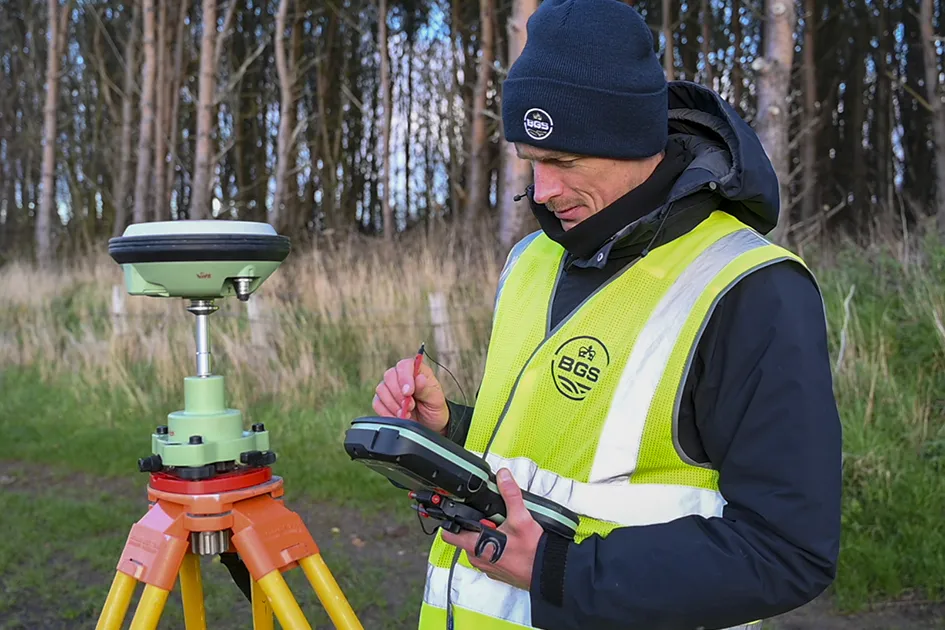
‘Three norths’ set to leave England and not return for hundreds of years
12/12/2025
The historic alignment of true, magnetic, and grid north is set to leave England, three years after they combined in the country for the first time since records began.
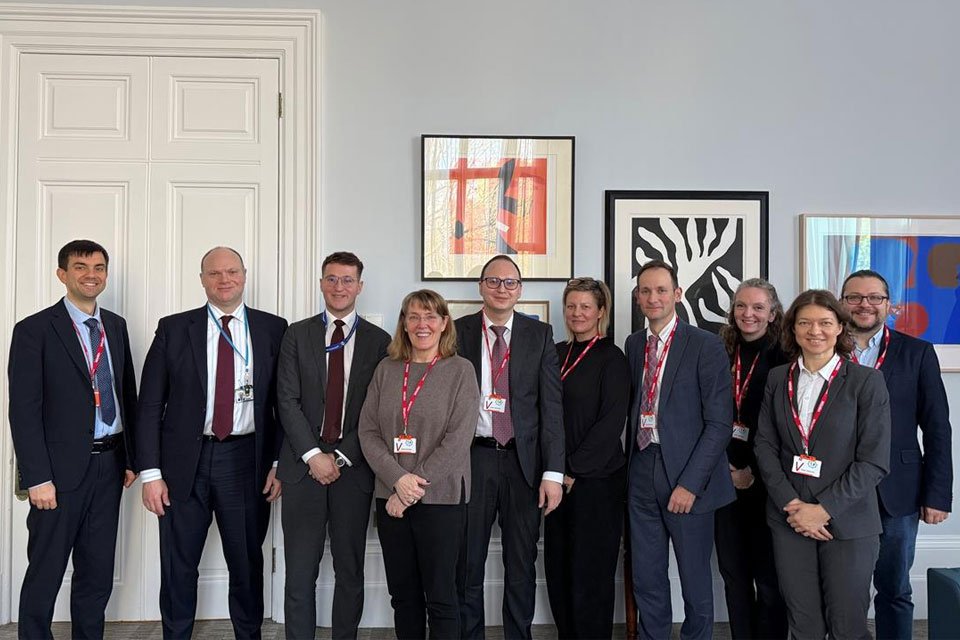
BGS agrees to establish collaboration framework with Ukrainian government
11/12/2025
The partnership will focus on joint research and data exchange opportunities with Ukrainian colleagues.

Making research matter: BGS joins leading research organisations in new national initiative
10/12/2025
A new alliance of 35 organisations has been formed that is dedicated to advancing science for the benefit of people, communities, the economy and national priorities.

New 3D model to help mitigate groundwater flooding
08/12/2025
BGS has released a 3D geological model of Gateshead to enhance understanding of groundwater and improve the response to flooding.
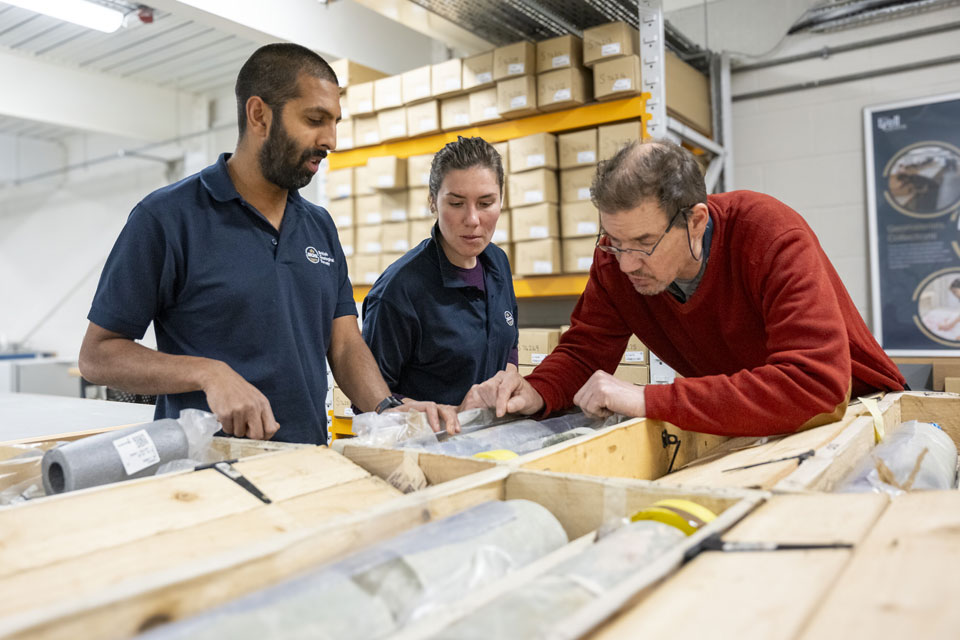
Scientists gain access to ‘once in a lifetime’ core from Great Glen Fault
01/12/2025
The geological core provides a cross-section through the UK’s largest fault zone, offering a rare insight into the formation of the Scottish Highlands.
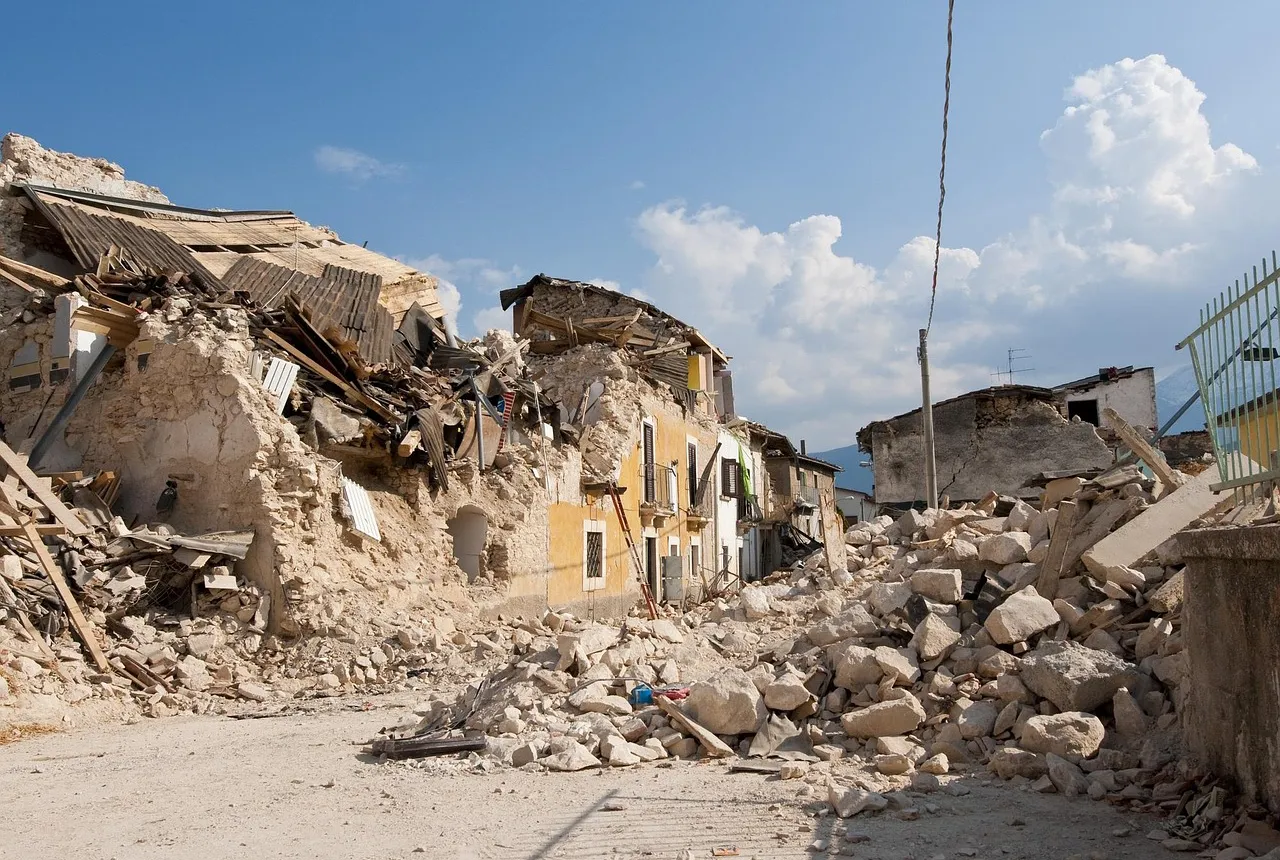
New research shows artificial intelligence earthquake tools forecast aftershock risk in seconds
25/11/2025
Researchers from BGS and the universities of Edinburgh and Padua created the forecasting tools, which were trained on real earthquakes around the world.

BGS welcomes publication of the UK Critical Minerals Strategy
23/11/2025
A clear strategic vision for the UK is crucial to secure the country’s long-term critical mineral supply chains and drive forward the Government’s economic growth agenda.

New funding awarded for UK geological storage research
21/11/2025
A project that aims to investigate the UK’s subsurface resource to support net zero has been awarded funding and is due to begin its research.
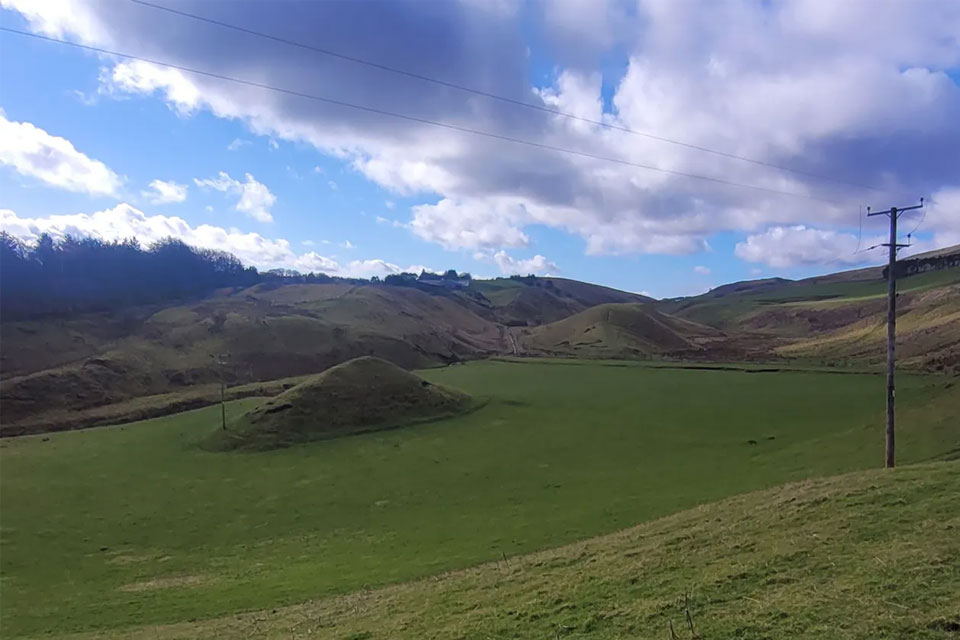
How the geology on our doorstep can help inform offshore infrastructure design
19/11/2025
BGS is part of a new collaboration using onshore field work to contextualise offshore data and update baseline geological models which can inform the sustainable use of marine resources.
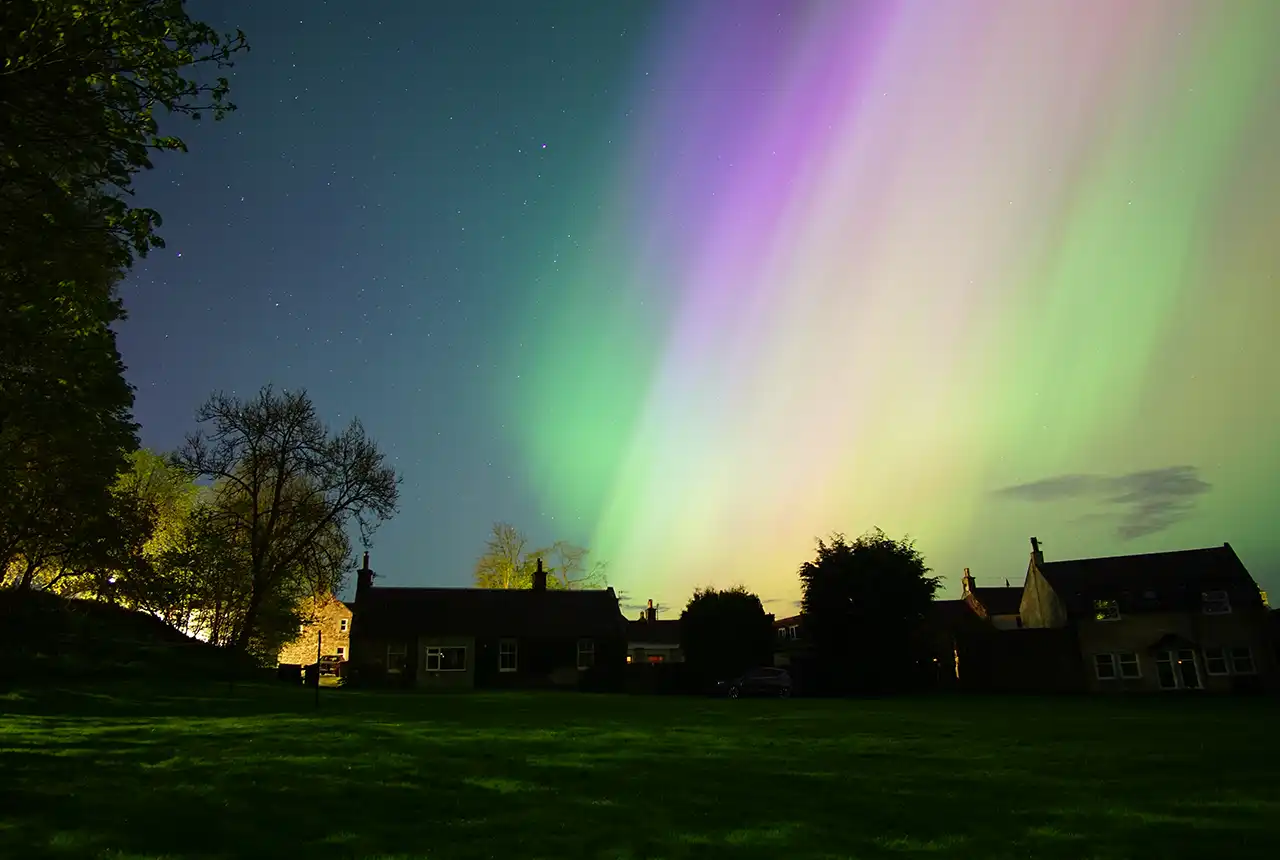
UK braced for what could be the largest solar storm in over two decades
12/11/2025
Intense geomagnetic activity could disrupt technology such as communication systems, global positioning systems and satellite orbits.




